Hello! As you may have gathered from the title, I'm going to share with you the many boat-prep tips and tricks which I've picked up during my time in the Topper National Squad.
I do not claim ownership over these; the nature of the class is to help everyone and so many people helped me, so now it's my turn.
Tip no.1: You can make yourself an emergency bailer in case yours breaks in a race. It is very simple and you don’t need to be a technical whizz (I asked my school’s DT department to use the laser cutter) :-D
- Get two bits of plastic (any kind, it really doesn’t matter) 13cm by 5.5cm
- Put a couple of holes in them
- Then pop some elastic through and thread on a bobble
- You can then insert this into the bailer hole if it breaks and tighten the elastic – no water will come in!


Tip no.2: Last year, my UJ (the bendy bit which attaches the tiller to the extension) broke. Afterwards, I was advised to use a RWO R0842 Race Omniflex Joint With Rope Core which has a piece of rope running through the middle, which means that even if the plastic breaks then there is still the rope keeping the tiller and extension together.
A few of my friends have broken theirs as well and honestly, it’s worth it for the sake of £15 because you would definitely lose a race or an afternoon sailing if it goes as it’s very hard to sail without a tiller extension – trust me, I’ve tried!

Tip no.3: Take off the extra piece of rope at the top of your downhaul, and then thread the blocks with 2 metres of rope - either the Rooster Spliceable Dyneema or the Rooster Control Spliceable Polyester Control Line - I suggest the 4mm Rooster SDC rope. This allows you to pull more on.


Tip no.4: Use a Rooster Topper Adjustable Toestrap. Honestly, this is a game changer. I feel that the need to adjust your toe-strap is not really stressed enough in Toppers, while in Lasers it’s hammered home. If you have a tight toe-strap downwind it makes it much easier to save death rolls, and a loose toe-strap upwind gives you that extra bit of leverage.

Tip no.5: Have you ever experienced it when you’re approaching the windward mark and yanking your kicker off with all your might, but it just won’t release? Then it may be worth adjusting the angle of your bottom kicker block cleat up one or two notches. When you buy them they’re too low, which makes it easy to pull on kicker but a nightmare to pull off, and also wears the rope away quickly. I would definitely advise playing around with the angle a bit in training and finding what works for you.
This is how to do it:
- Unscrew the screw (make sure you don’t lose the bolt!)
- Twist the circular bit up so the ball bearings realign
- Re-screw it
Here is a picture of my kicker and the angle I found worked best:

Tip no.6: The standard plastic traveller fairleads break very quickly and this can be really annoying. Therefore, I found that using the ALLEN A.282A ALUMINIUM FAIRLEAD was much better and hardly showed any signs of wear after a year’s use. Don’t worry, I passed measurement at both the Worlds and Nationals last year with these – they are completely legal so why not use them?!
Tip no7: Back. Up. Everything. Literally, Toppers break a lot because they were never meant to be raced – I mean, just look at the shape of the bow…
I would say the most important back up is the mast webbing strap because as soon as they start to wear, they go – even if you check them in the morning, they could start to wear in race one and break in race two. If you purchase a Sailing Solutions Mast Webbing Kit then it already comes with a back up piece of Dyneema. Also, I would recommend using the Sailing Solutions one over the standard Topper one because they are definitely stronger.


Tip no.8: In addition to the previous back up, I would suggest putting a back up on for the metal ring as well (in case the rivet comes out). To do this, just tie a piece of Dyneema or Rooster Spectwelve rope to the metal ring and tie the other end to the mast (below where it goes into the mast gate). This needs to be tight enough to ensure the ring does not end up halfway up the mast if it breaks, but loose enough to allow the mast to rotate.
When rigging your boat, make sure that this rope goes OUTSIDE the mast gate (otherwise it wears away really quickly and prevents mast rotation).

Tip no.9: The Rooster Sailing Solutions Boom Webbing Kit comes with a back up for the boom’s webbing strap (as shown below):


Tip no.10: You should undo the webbing every three months or so to check for any wear underneath. This part of the boom is a weak point because there is a hole for the rivet. Maybe ask my fellow Topper Sailor Jake Bowhay about this one as he has bent many a boom…
Thank you for reading this and I hope you have found it useful. Keep your eyes out because I will be posting another blog, with more tips, soon!
Frances Fox



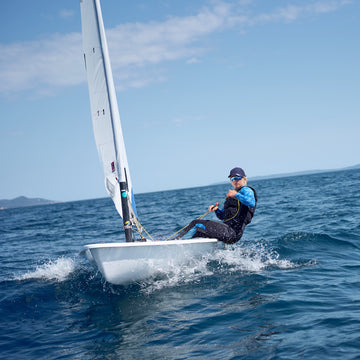
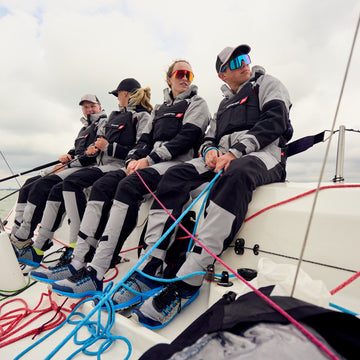
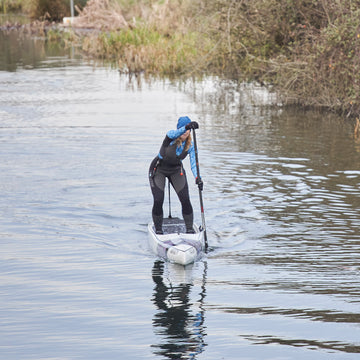
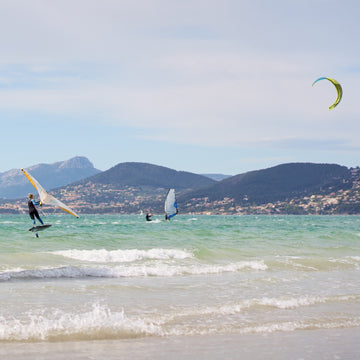
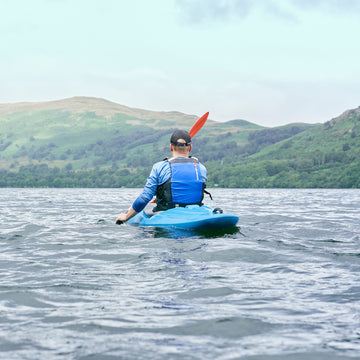
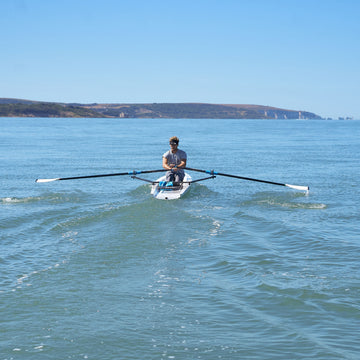
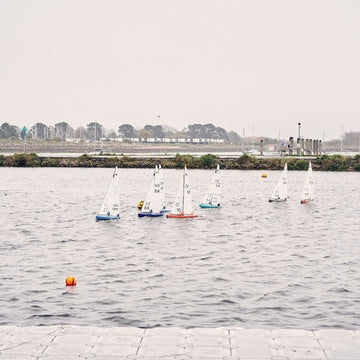
 Select Store
Select Store
 EU
EU
 US
US
